When a plane is driving through the sky with a huge whistling sound, people standing on the ground always have to look up. At the same time as the heartfelt yearning and respect, people could not help but admire the rapid development of the aerospace industry in the motherland. Behind the successful development of each aircraft, the hard work of the vast number of scientific and technological workers is condensed.
The development of civil aviation ordinary passenger aircraft or military bombers, fighter planes and other models, on the one hand shows the achievements of China's aviation technology development, on the other hand also shows the confidence and determination of the R & D team to overcome difficulties, not afraid of challenges. As everyone knows, after the successful development of the aircraft, it is also very important to carry out technical maintenance and care of the aircraft. The emergence of technologies such as 3D printing has brought a new way for the maintenance of passenger aircraft and spacecraft.
Everyone knows that it takes a lot of manpower and resources to build a plane. It would be a pity if you stop using an aircraft just because some parts are damaged. 3D printing technology is used to manufacture replaceable old parts, and repairing parts with partial damage and deformation can help the full release of the overall performance of the aircraft, and the speed and safety of the aircraft can be effectively guaranteed. The advantages of 3D printing are also obvious compared to traditional maintenance techniques.
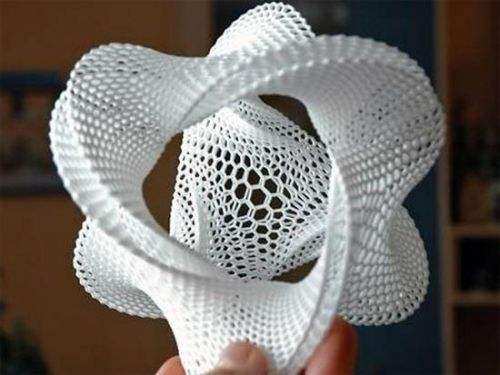
When manufacturing aircraft engines, seats and other components, the 3D printing cycle is short, materials are saved, and assembled products can be printed. It is worth noting that 3D printing can achieve better results in terms of component manufacturing accuracy and difficulty. Using 3D printing to create parts with complex shapes, various levels, and sharp edges, can better reflect the detailed design of the product and portray the texture.
Operators use 3D printing to repair certain special parts, and can flexibly change the size and shape of parts according to actual needs, so that the repaired parts have better ease of use. In general, 3D printing technology can be applied to repair metal parts of aero engines, such as blades, compressors, turbine engine components, and the like. When a component is partially worn or damaged, 3D printing technology can be used to extend the life of the 3D printed spacecraft component by removing the damaged material area and repairing the entire component using the reconstructed portion of the undamaged area.
The more common 3D printing repair process is directional energy deposition. How exactly the repair results of a component often depends on a number of factors, such as the level of component defect detection, the ability of the field operator to repair parts, the speed and cost of alternative repair techniques, and the restoration of components to their original shape with the same mechanical properties. Specific requirements. Imagine if it was a successful repair of a damaged component and then let it be put back into use. Isn't that a great pleasure?
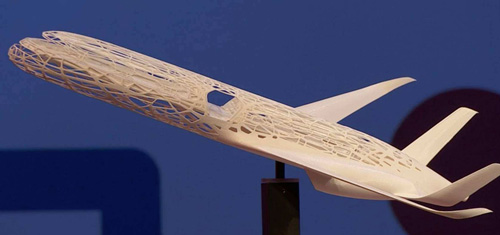
The development of the aerospace industry will inevitably be accompanied by the emergence of high-end aerospace equipment and the continuous advancement of cutting-edge technology. Even if a spacecraft with advanced performance and first-class shape is developed, it cannot be meticulously maintained and care. Therefore, the use of 3D printing, artificial intelligence, intelligent manufacturing frontier technology to repair and maintain aircraft and other equipment will also become an important part of the aerospace industry forward.
Challenges and opportunities, impact and reshaping, removal and innovation, it is in the exploration and choice again and again, the original advantages and disadvantages of 3D printing can be revealed. In the aspects of production, maintenance and maintenance, the role that 3D printing can play is very huge, and its role depends to a certain extent on the degree of industry norm, the guidance of policy documents, and the level of professional talents. Wait.
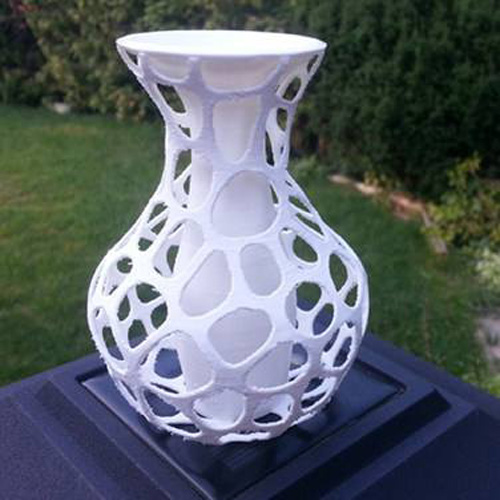
The trekkers who are not afraid of the mountains and high roads, the mountains and rivers give back to the wonderful colors; the seas are not afraid of the wind and the waves, the sea returns a magnificent sunrise; the aerospace people who are not afraid of the journey, the sky gives away the wonderful space. It is the little effort and effort that has made China's aerospace industry a great success, and 3D printing, green manufacturing and other technologies will provide more energy for the future development of China's aerospace industry.
Ethylene bis ceramide is a beautiful white particle. Ethylene bisstearic acid amide emulsion industrial product melting point is 140~146.5 °C, density is 0.98g/cm3 (25 °C), non-toxic, insoluble in water, stable to acid, alkali and water medium, but powder in 80 It is wettable above °C. It is insoluble in most common solvents such as ethanol, acetone and carbon tetrachloride at room temperature. It is soluble in hot chlorinated hydrocarbons, and a particular chemical reaction prepares aromatic hydrocarbon solvents, but precipitates or gels when the solution cools, with a flashpoint of about 285 ° C. The ethylene bis-stearic acid amide emulsion by adding a high-quality ethylene bis-stearic acid amide dispersant. Ethylene bis-stearic acid amide emulsion has better adaptability than ethylene bis-stearic acid amide and is more widely used.
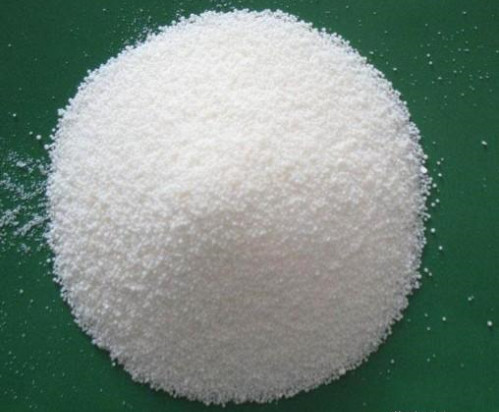
Ethylene bis ceramide emulsion is a new type of plastic lubricant developed in recent years. It is widely used in the molding of PVC products, ABS, high impact polystyrene, polyolefin, rubber, and plastic products. Lubricants such as paraffin, polyethylene wax, stearate, and other oils have not only excellent external lubrication but also have proper internal lubrication, which improves the fluidity of the melt-inserted plastic during plastic molding. The mold release property enhances the production of plastic processing, reduces energy consumption, and gives the product a high surface smoothness and smoothness. This product, because it contains two amide groups -C-NH- in its molecular structure so that the product is added to the plastic so that the plastic products have better antistatic properties so that the plastic products are not easy to absorb dust and dirt. This valuable and excellent property is especially important for household appliances and instrument housings and numerous engineering plastic products. As a lubricant, this product is used in combination with other oils and has a very significant synergistic effect. Improve the dispersibility of other ingredients such as colorants and fillers in plastics.
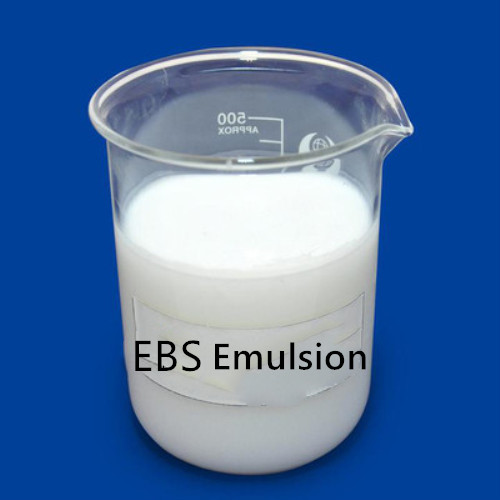
EBS emulsion is the abbreviation of ethylene bis ceramide emulsion. It is a high melting point of synthetic wax. The two-pole bond maintains a high degree of balance. Its inherent structure gives its unique compatibility and solubility. It can be used as the most thermosetting property. The thermoplastic internal lubricant and external lubricant are suitable pigment dispersants, which can make the operation smooth and improve the quality of the final product.
EBS emulsions are used as activators for various plastics and synthetic resins. Release agent. Pigment dispersant. Adhesion preventive agent. Lubricant. Surface gloss and activator for rubber products. Coating. Ink additives, etc. List as:
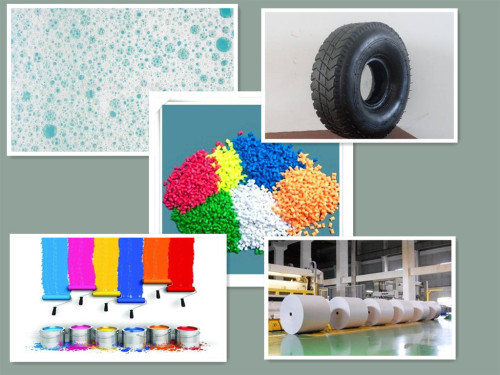
As a lubricant, EBS emulsion has excellent internal and external lubricity, mold release, and smoothness, can accelerate melting, reduce melt viscosity, save processing energy, increase product toughness, extend mold life, and give products a good appearance. Mainly used in PVC.PE.PP.PS.ABS resin, also used in phenolic and aminoplast.
EBS emulsion is a general-purpose plastic dispersant widely used in PVC products. ABS. High impact PS. The product can also be used in combination with other lubricants with a very significant synergistic effect and used as an anti-blocking agent and mold release agent in the rubber industry, as well as a hard rubber surface treatment agent.
EBS emulsion is a representative of the plastic lubricant stearic acid bisamide compounds and plays a pivotal role in the processing of thermoplastic resins such as rigid PVC, ABS, ABS, PC, and POM. The synthesis method of EBS can generally be divided into four routes:
1. Stearic acid is reacted with an amine compound;
2. The stearate is reacted with an amine compound;
3. stearoyl chloride is reacted with an amine compound;
4. Hydrolysis of nitrile compounds.
The most common ones are the first and the second. The first method is simple in process, the reaction conditions are not harsh, and there are no three wastes, but the purity is low; although the second method has a high purity of EBS, the energy consumption is large, the process is complicated, and the process is lengthy. At present, the most commonly used method in China is the first method. The latter three methods are widely used in foreign countries. The use of sophisticated process methods to obtain high-purity products is a new idea for the production of auxiliaries in advanced countries. It is worthy of reference from the domestic auxiliary industry. China has joined the WTO and should act in accordance with international thinking.
Use of EBS emulsion in plastic processing
Due to the presence of polar amide groups in the EBS molecule, EBS has process lubrication and a low-temperature anti-sticking effect on the polymer resin. EBS can be inserted into the interior of the polymer resin to reduce the interaction between the resin molecules and act as an internal lubricant. On the other hand, EBS can be rubbed against the metal surface by the mutual friction between the processing equipment in the resin melt. For external lubrication. Therefore, EBS mainly uses lubricating release agent in plastic processing to improve the quality of plastic products and improve the appearance of products. Secondly, it also plays the role of anti-sticking, smoothing, antistatic, improving pigment dispersion, and assisting stability.
Use of EBS emulsion in rubber processing
EBS can be used as rubber lubricant, anti-adhesive agent, mold release agent, filler surface modifier, and hard rubber surface treatment agent in rubber processing. Its outstanding performance is to improve the surface gloss of rubber sheets, hoses, and other products. It acts as a surface brightener.
Use of EBS emulsion in casting
When the spell is cast, EBS is added as a lubricant in the mixture of resin and sand to provide lubrication.
Use of EBS emulsion in metal processing
When drawing the wire, the use of EBS can increase the drawing speed, extend the life of the metal mold, and improve the smoothness of the surface of the fence. In addition, in powder metallurgy molding, prior to metal melting, bonding with EBS and using EBS as a lubricant for the metal mold can reduce the wear of the metal mold.
Use of EBS emulsion in paper coating
1% EBS improves the brightness of the paper coating. Because of the high melting point, it does not decompose during the heat sealing operation. This paper can be used for food packaging.
Use of EBS emulsion in the coatings industry
In the coatings industry, EBS can be used as a pigment grinding aid and dispersant. In addition, the addition of EBS to paints and paints can improve the saltwater resistance and water resistance, and enhance the smoothness of the baking surface.
EBS emulsion used as a defoamer
Used as the main active ingredient of amide defoamers in the pulp and paper process.
EBS emulsion synthetic fiber antistatic agent
33% of EBS can be used as an antistatic agent for synthetic fibers.
Other uses of EBS emulsion
EBS can be used as a melting point rising agent for petroleum products, and EBS is added to adhesives, waxes, etc., and has an anti-caking effect and an excellent mold release property. The addition of EBS to the asphalt increases the softening point of the road, lowers the viscosity, and improves the corrosion resistance to water or acid. The addition of EBS to the paint stripper improves the properties of the wax layer.
Flame retardants interfere with the combustion process during a fire, pyrolysis, or flame spread through chemical reactions or acting as a physical barrier. Adding flame retardants to wood can improve the fire resistance of the material without sacrificing the inherent advantages of wood materials. Although halogen and phosphorus organic flame retardants can effectively reduce HRR and enhance the fire resistance of wood, the environmental risks caused by toxic halogen products remain problematic. In contrast, inorganic flame retardants are greener and more suitable for sustainable applications. Most inorganic flame retardants have excellent gas barrier properties, including clay, clay nano-paper, silica, titanium dioxide, calcium carbonate, and magnesium-aluminum hydroxide. They reduce the HRR of wood by insulating the surface and delaying the thermal decomposition of the wood.
However, due to its isotropic adiabatic behavior, which produces a concentrated heat flux near the fire, traditional inorganic flame retardants generally have limited effectiveness in improving ignition performance.
The University of Maryland has proposed a scalable and straightforward method to form wood by combining densification with a nano-layered hexagonal boron nitride (h-BN) coating with a thickness of 30 µm. It densifies the wood, which increases the fire resistance of the wood. Densification has been proven to effectively enhance the flame retardant properties of wood, because it automatically forms a charcoal layer when exposed to flames, thereby providing adequate thermal insulation and oxygen barrier.
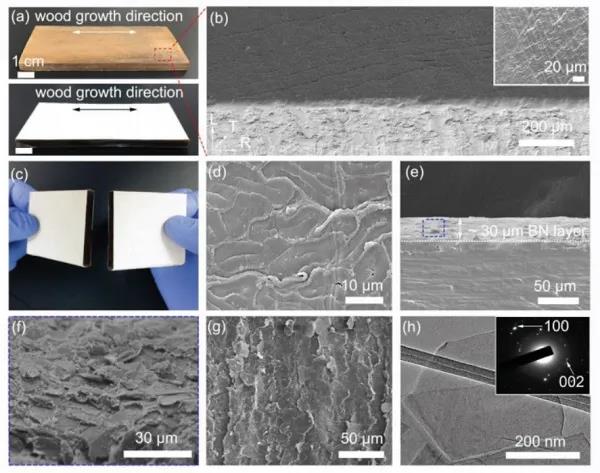
Besides, the 2D h-BN sheet can form a layered structure with anisotropic thermal properties, and exhibit excellent dimensional stability, ideal corrosion resistance, and oxidation resistance. It is attractive in terms of fire resistance and can not only reduce HRR, Can also enhance ignition performance. The thermal conductivity of h-BN in the plane and through-plane directions are 390 and 2 W / m / K, respectively. Thanks to the anisotropic thermal conductivity of h-BN, BN densified wood can effectively transfer the incoming heat along the surface of the timber and withstand vertical heat transfer. At the same time, the nano-layered h-BN coating can act as a physical barrier to oxygen and volatiles, thereby slowing the exothermic reaction.
Also, the coating method is simple and extensible, creating sandwich structures for BN dense wood longer than 25 cm and more comprehensive than 15 cm. Compared with other flame retardant wood materials, BN densified wood shows one of the most extended ignition delay times and the highest tensile strength. Flame retardant BN dense wood meets the requirements of large-scale production, high mechanical properties, and proper fire safety.
In this study, the author demonstrated a super durable and fire-resistant BN dense wood through a simple and effective coating method. The h-BN coating is uniform and stacked horizontally on the surface of 7 mm thick, dense timber, providing an excellent protective barrier against the diffusion of oxygen and the release of flammable volatiles when exposed to heat. Thanks to the anisotropic thermal conductivity of h-BN, BN densified wood shows excellent thermal diffusivity in the in-plane direction and effective thermal barrier in the in-plane direction. Compared to uncoated dense wood, the ignition temperature (Tig) of BN thick wood is increased by 41oC, the ignition delay time (tig) is doubled, and the maximum HRR is reduced by 25%, indicating an overall improved fire resistance. At the same time, BN densified wood also shows excellent mechanical properties, the high tensile strength of up to 471.5 MPa, and exceptional tensile strength of 362 Mpa · cm3 / g, demonstrating the super lightweight alternatives to these traditional structural materials.
This research shows that anisotropic thermally conductive h-BN flame retardant coating not only enhances the fire resistance of wood but also maintains the high strength of the material imparted by densification, representing a promising development of high-performance structural elements that can meet the direction of the requirements.




